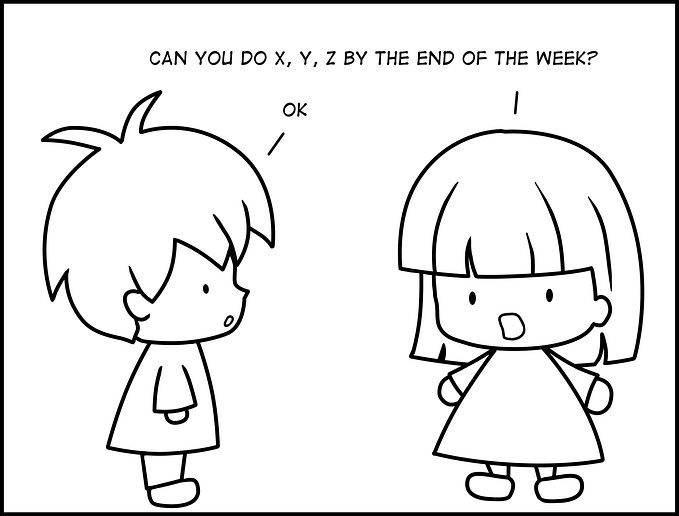The harmonious marriage between Design Thinking and Lean-Agile digital service development
The IT world has brought us a more flexible and goal-oriented way to manage projects. Since the inception of the Agile Manifesto in 2001, the agile thinking culture has had many repercussions around the corporate world and beyond. The twelve principles behind the Agile Manifesto direct the attention towards what it needs to deliver successful software projects. And for the last 15 years, companies around the globe are trying to bring these principles to life in their cultures. Either through Safe Agile, Large Scale Scrum or other agile organization models. It's also worth mentioning the lean manufacturing philosophy (derived from Toyota Production System) that to some (large) extent, has affected the technology field emphasizing “the waste minimization” in manufacturing processes. Perhaps, it later inspired the lean startup philosophy driven by Eric Ries and others transforming the way (digital) products are built and launched.
In the meanwhile, an old and promising idea about “design as a scientific process” (Herbert A. Simon, “Sciences of the Artificial”, 1969) has been brought to the business world. Largely by the efforts of IDEO and David Kelley since 1991. And this idea is Design Thinking — a process and set of patterns that increase the likelihood of identifying solutions that people will want and need.
In more ways than not, both (all three) mindsets are similar.
Both are emphasizing responding to change over following a plan, collaboration with the customer over contract negotiation, working (solution) over comprehensive documentation and individuals & interactions over processes and tools.
- So what’s the difference between Design Thinking and Agile?
- How might it help to build better digital services?
- How might it achieve better results — better customer experiences and consequently, better business results?
- And most importantly, is an improved user experience defined as a strategic objective in the organization?
Countless models are attempting to combine Design Thinking and Agile Delivery models to mitigate risks and increase the likelihood of delivering successful user experiences.
Just look at the abundance below.

One of the most detailed models of how design and agile thinking (and lean UX) processes can benefit from each other was presented by Danny Vigil. He describes a customer-centered idea lifecycle that combines business needs and technical feasibility.
- Idea inception from market research, focus groups, industry events, customer service, etc,
- Idea validation where the team(s) validate ideas and make the decisions in which ideas should go into the central organization’s backlog prioritized against costs and strategic value (in SAFe Agile they are prioritized as a weighted shortest job first, for instance).
- Discovery team(s) (or design sprint) where the team validates design solutions and provides an inspiring and useful input for the development backlog. Perhaps design thinking philosophy is reflected in discovery sprints the most, but not only.
- Product delivery team(s) where the teams develop the final solution and adjust the course if necessary and measure results. Delivery sprints where the course adjustment happens as new information comes in.

In my experience, implementing the aspects of this model doesn’t happen without challenges. However, I consider myself an optimist. That’s why I’ve evangelized Design and Agile Thinking in organizations (sometimes against the odds) until aspects of them have become an ordinary part of daily routine.
However, I’d like to raise a few concerns that have hindered the Design and Agile Thinking culture to fully flourish in organizations. And reach their potential. I’ll be happy to hear if you agree or disagree.
What hinders Design and Agile Thinking cultures from flourishing in organizations?
- Teams don’t see how their work contributes to the organization’s bigger goal. So they focus on deliverables, not problem solutions. Solution? Transparent goal system e.g. OKRs.
- Stakeholders don’t trust in team autonomy to achieve the results. So they try to overly control (illusion?) the process by requiring detailed documentation like roadmaps and don’t provide enough autonomy and flexibility for teams to react to the latest information (e.g. research). Which is critical to providing effective solutions. Solution? Leaders with successful experience in Design & Agile work setting. Who trust their teams and are comfortable with managing complexity and ambiguity. Which requires strong facilitation skills and a collaborative mindset.
- The overall collaboration and facilitation culture are not advanced enough at the organization yet. So even the tactical decisions are made hierarchically without effectively engaging key competencies (e.g. business, engineering, customer experience, design). Solution? Systematic Design & Agile Thinking coaching in an organization to identify and empower leaders that can facilitate creative and research processes, as well as collaborative decision making. There consultants that can help to do that. And there are digital tools like Liberating Structures and Enso for facilitators. However, I feel such tools need to take a more proactive coaching approach to reach their maximum potential. Interested in building such tool? — please let me know, I'd be happy to collaborate :)








